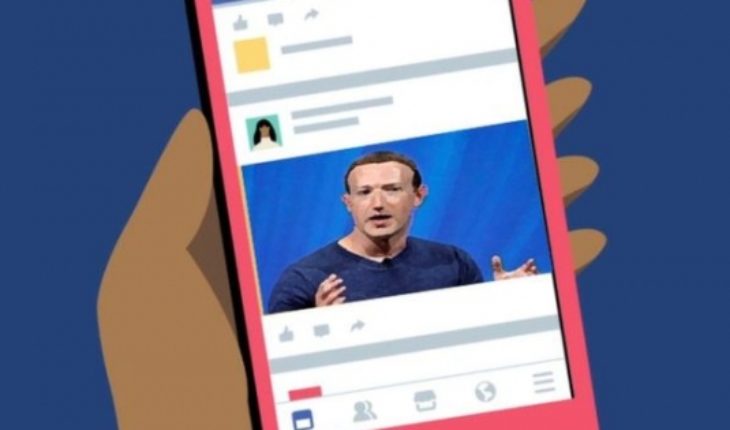When something changes in the functioning of the most powerful social network in the world, can have consequences for its users… but also for the companies that feed on them.
And Mark Zuckerberg has just announced a major change in Facebook which will affect his audience around the world.
For the majority of its users, the News Feed – the wall – the live page where you can see publications of friends, groups and pages that one follows – is the essence of Facebook.
But during a conference this week after the solid (but not really spectacular) results of the third quarter, Zuckerberg said: “We are observing that the way in which connects people is going to private sermensajes and Stories (stories)”.
The creator of the social network said that its platform users share more than 1,000 millions of Stories, every day. And he expects that number to continue to grow.
Bubbles of color and other features of the new Facebook Messenger, the implementation of Facebook messaging Messenger 4, allows you to share content in private.
“Share things in public always will be important, but people increasingly want to share more privately,” recognized the founder of Facebook.
That means that instead of seeing pictures of babies with your friends or a news article in the News Feed, that content is sent to other people or groups through Messenger or WhatsApp, either using Stories.
Transitory character Stories, which is basically a copy of Snapchat, allows you to publish videos and photos that only are available for 24 hours.
Apparently, privacy offering services like that and also of messaging – mostly WhatsApp – is what makes them attractive to users, for Stories along with its transient character.
“People want to share things that are published on a permanent basis, and I want to make sure that we guarantee that,” explained Zuckerberg.
The other growth area is the video. Now there is a new tab llamadaWatch which leads to users outside of the News Feed to a menu that allows them to view audiovisual content.
The videos are another great social network business area. Facebook CEO says that the videos on the wall main “moving some social interactions and people tell us that the experience is less valuable”, but that place them in a space apart gives you more quality.
This movement to transform how Facebook was in its infancy, however, presents some challenges.
First, neither Stories nor Watch challenges have taken off as fast as expected.
There is also the question of how make them profitable.
Insert ads in a format such as Stories will assume a retoincluso although Facebook has made it work in Instagram.
Do much really earn the “influencers” in Instagram?
And it will be much more complicated to make Messenger and WhatsApp money generators.
Users see them as really private spaces, and if an ad for baby clothes suddenly appears in a conversation about an impending birth only will serve more to damage the image of Facebook.
How do you reaccionarías if you see an advertisement in the middle of a WhatsApp conversation about the topic that you’re writing? Tensions over how to monetize WhatsApp and Instagram is believed to they have been key in the recent departure of its founders.
Why leave Instagram more successful when its founders Mark Zuckerberg admits that there might be bumps in this change, but is confident that it is effective in the long run.
“The increase in our income could be slower during this period as it was during the transition of our products to mobile devices,” he said.
This shift to mobile platforms was supposed it was going to be a great threat to the profits of the company, but it ended up being an improvement.
The distaste of the media there is, however, another audience that will be watching closely – and probably furrowed brow – changes in Facebook. Especially, those that affect the way in which it handles videos.
They are the major means of communication.
Can Facebook it can hold without ads on the wall? A few years ago, media organizations rushed to increase its audiovisual presence on the platform, investing in staff and resources, due to figures showing that a good part of their audiences did click on videos.
But this “turn to video” seems to now have been built based on an illusion.
Facebook is waging a legal battle with their advertisers, who is accused of knowingly inflating figures of consumption of video, and media that said goodbye to its staff for this reason.
The social network warned earlier this year that the news would be less visible on the wall and that it would give priority to personal friends and family publications.
Now all kinds of businesses are wondering if the technology giant is really the best platform to communicate their messages to millions of consumers.
translated from Spanish: Why is the Facebook Wall disappearing
November 1, 2018 |





